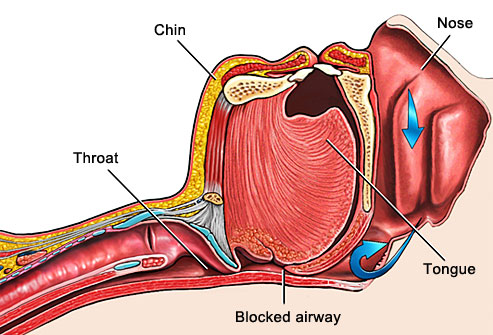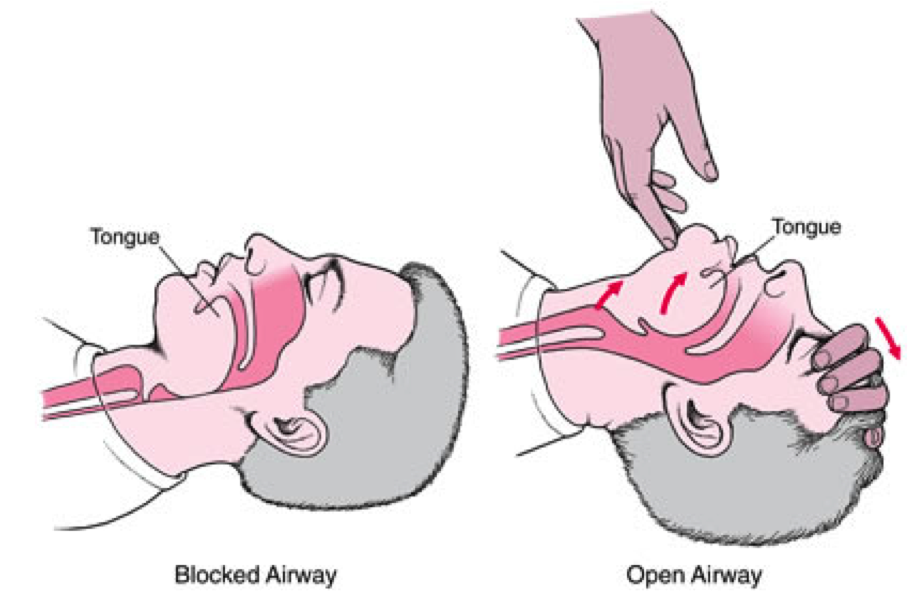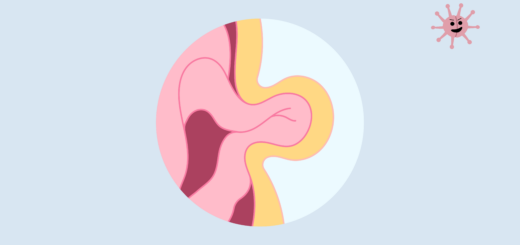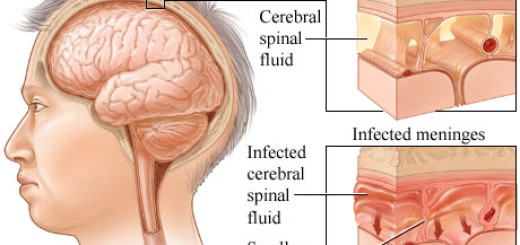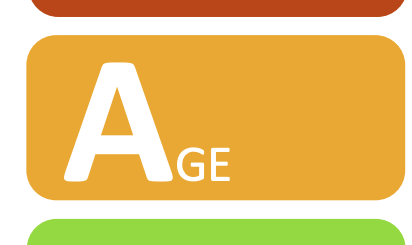How to Perform a Head-tilt Chin-lift?
An unconscious patient is at risk of blocking their airway and suffocating. The main reason for this occurring is due to the tongue. An unconscious patient loses all their muscular tone, and this includes the tongue! The tongue can fall back and block the airway, as shown in the diagram below.
This situation is sometimes called (incorrectly) “swallowing your own tongue”. As you can see in the diagram, the tongue isn’t actually swallowed. Instead, the tongue stops air from reaching the windpipe and lungs.
This situation is an emergency – without a supply of oxygen reaching the lungs, the patient will suffocate in a matter of minutes.
A head-tilt, chin-lift maneuver can be used to move the tongue and open the airway.
How to Perform a Head-tilt Chin-lift in Adult Patients?
- Kneel down beside the patient’s head
- Place one hand on the patient’s forehead
- Place two fingertips from your other hand under the tip of the patient’s chin
- Tilt the head gently backward while lifting the chin vertically upwards
- Avoid putting any kind of pressure on the soft tissue of the neck, as this could further obstruct the airway. Place fingers on the bony part of the chin only.
- If the head-tilt chin-lift is unsuccessful, use the jaw thrust method, which you can learn about here.
Once the airway is opened, you can check for normal breathing. The recovery position (or safe airway position) involves the patient being rolled onto their side in order to maintain an open airway.
How to Perform a Head-tilt Chin-lift in Child and Infant Patients?
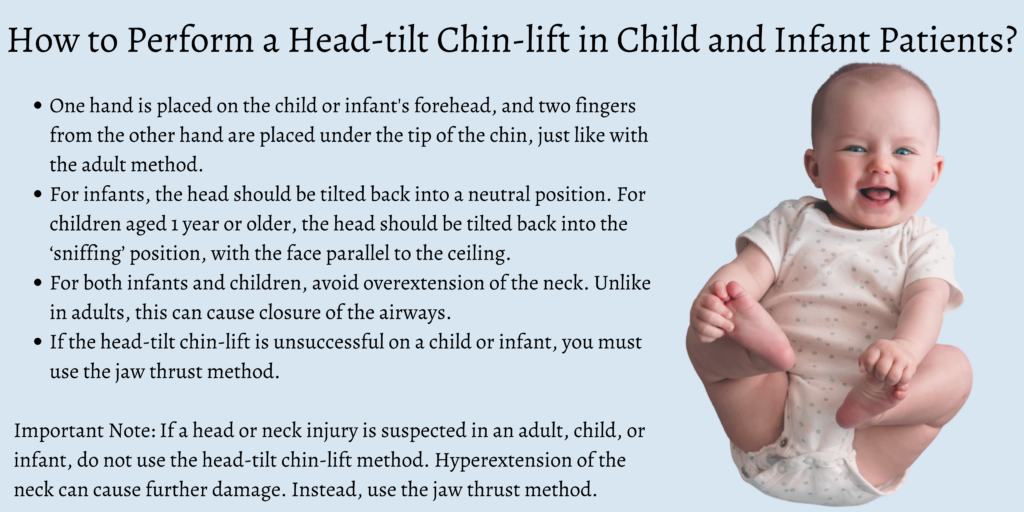
The head tilt chin lift method for children and infants is the same as the adult method, with a couple of key differences.
- One hand is placed on the child or infant’s forehead, and two fingers from the other hand are placed under the tip of the chin, just like with the adult method.
- For infants, the head should be tilted back into a neutral position. For children aged 1 year or older, the head should be tilted back into the ‘sniffing’ position, with the face parallel to the ceiling.
- For both infants and children, avoid overextension of the neck. Unlike in adults, this can cause closure of the airways.
- If the head-tilt chin-lift is unsuccessful on a child or infant, you must use the jaw thrust method (detailed here.)
Important: If a head or neck injury is suspected in an adult, child, or infant, do not use the head-tilt chin-lift method. Hyperextension of the neck can cause further damage. Instead, use the jaw thrust method.
Conclusion
The head tilt-chin lift is the most important airway maneuver that first aiders need to learn.
When a person loses consciousness, their tongue loses its muscular tone, and as a result, the patient is in danger of suffocation. But learning this simple procedure can quickly and easily clear the airway, and potentially save a life. To learn more about recognizing and assessing airway obstruction in first aid, head over to our in-depth guide here.

